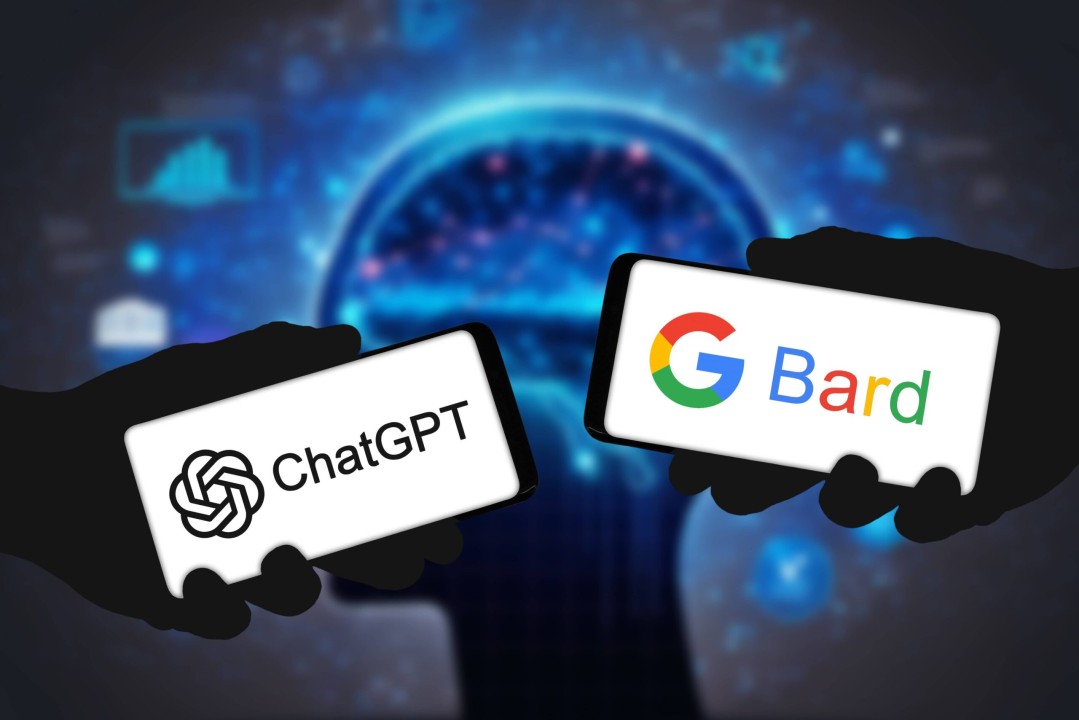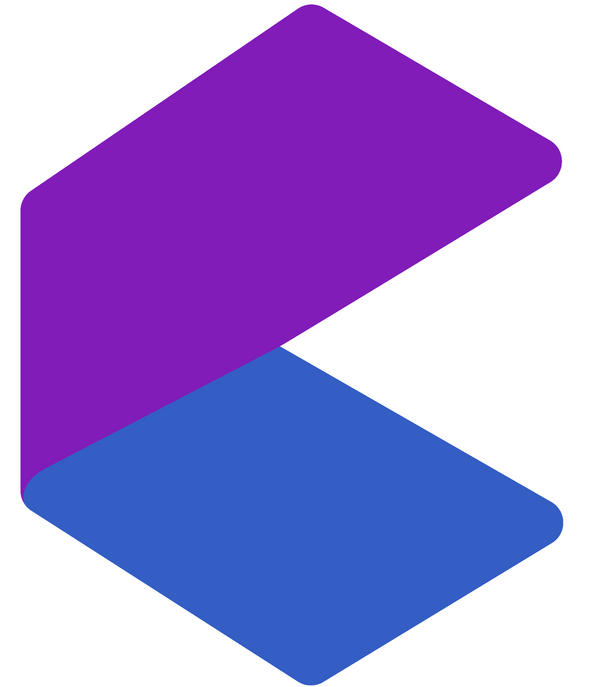
ChatGPT vs. Google's AI Bard: A Comparison
Share
In the realm of artificial intelligence, ChatGPT and Google's AI Bard stand out as prominent examples of cutting-edge language models. While both are designed to generate human-like text, they differ significantly in their capabilities, applications, and underlying technologies. In this blog post, we'll delve into the distinctions between ChatGPT and Google's AI Bard to provide a clearer understanding of their respective strengths and purposes.
-
Origin and Development:
- ChatGPT: Developed by OpenAI, ChatGPT is based on the GPT (Generative Pre-trained Transformer) architecture. It has undergone several iterations, with each version refining its language generation abilities through extensive training on diverse text corpora.
- Google's AI Bard: AI Bard is Google's experimental language model, aiming to generate poetry and prose. It incorporates techniques from reinforcement learning to improve its creative output over time.
-
Scope and Application:
- ChatGPT: Known for its versatility, ChatGPT is widely used for a variety of natural language processing tasks, including conversation generation, content creation, customer support automation, and more. Its flexible design allows developers to fine-tune its output for specific use cases.
- Google's AI Bard: AI Bard is primarily focused on generating poetic and literary texts, such as sonnets, haikus, and short stories. It aims to emulate the style and creativity of human poets, making it suitable for artistic endeavors and experimental writing projects.
-
Training Data and Knowledge Base:
- ChatGPT: Trained on vast amounts of internet text, ChatGPT possesses a broad knowledge base covering diverse topics, trends, and linguistic nuances. Its responses are informed by the collective wisdom and culture embedded in the data it has been exposed to.
- Google's AI Bard: While details about the specific training data used for AI Bard are limited, it likely incorporates a curated selection of literary works, poetry collections, and other creative texts. Its focus on poetic expression requires a deeper understanding of language aesthetics and literary conventions.
-
Performance and Output:
- ChatGPT: Known for its coherent and contextually relevant responses, ChatGPT excels at generating text that mimics human conversation. It can sustain engaging dialogues, answer questions, and provide informative responses across various topics.
- Google's AI Bard: AI Bard's output is geared towards artistic expression and often prioritizes creativity and aesthetic appeal over factual accuracy or practical utility. It strives to evoke emotions, convey imagery, and explore themes through its poetic compositions.
In summary, while both ChatGPT and Google's AI Bard represent significant advancements in AI-powered language generation, they serve distinct purposes and cater to different user needs. ChatGPT shines in its adaptability and utility across a wide range of applications, while AI Bard offers a glimpse into the realm of AI-driven creativity and poetic expression. As these models continue to evolve, they contribute to the rich tapestry of AI innovation and inspire new possibilities for human-machine collaboration in the realm of language and creativity.
